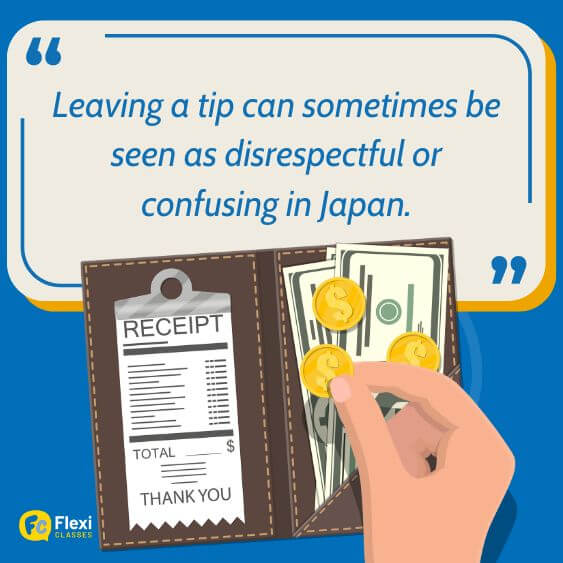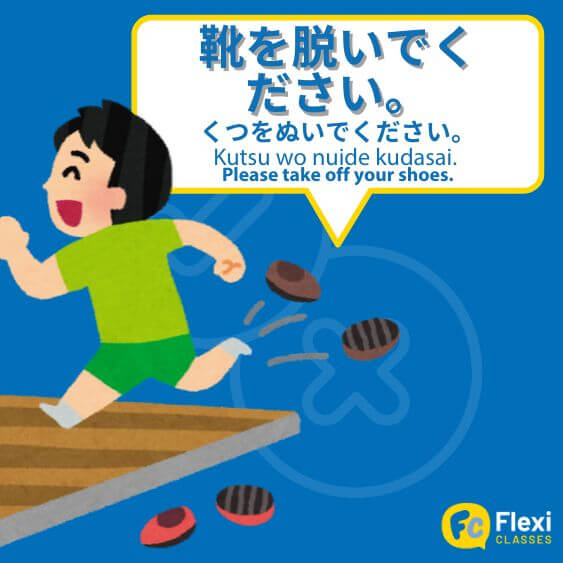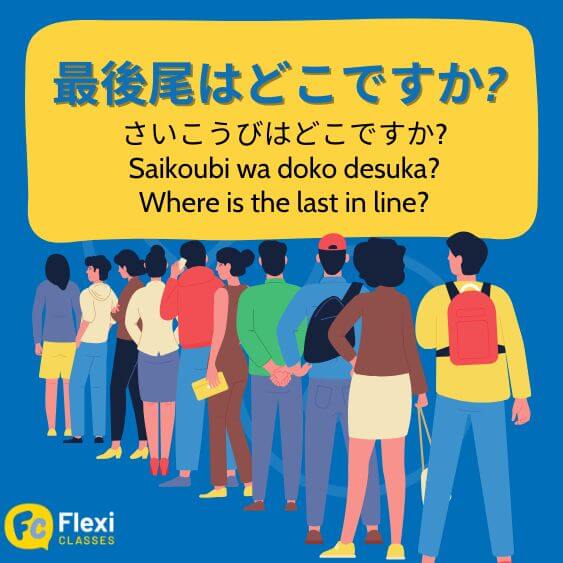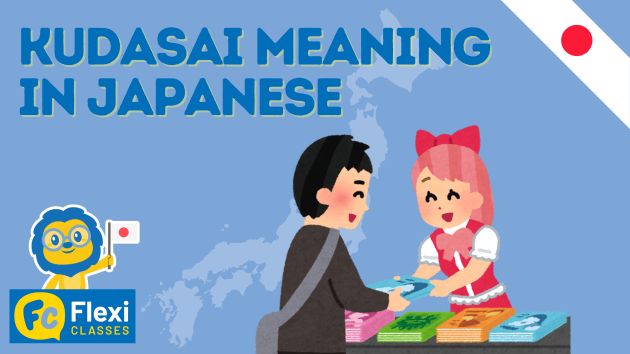How to Enjoy Japan: Essential Do’s and Don’ts for Visitors
Japanese Etiquette 101: Must-Know Do’s and Don’ts for Tourists

Japan, with its rich history, traditions, and unique social norms, can be fascinating but also challenging to navigate for visitors.
👉 Understanding the do’s and don’ts of Japanese culture is key to ensuring a respectful and enjoyable experience.
Whether you’re visiting for business or leisure, knowing how to behave can enhance your interactions with locals and deepen your appreciation of the culture.
However, even more important than verbal communication is the impression that gestures and actions make on others, which can sometimes send a greater message than conversational or verbal communication.
As a different culture, it is not possible (nor is it necessarily expected!) to behave in the same way as Japanese people. However, it is very important to understand in advance what is considered rude and to avoid it.
This article explains do’s and dont’s when you are in Japan. Related expressions will also be introduced to help you when you travel to Japan.
Japanese Culture: Do’s and Don’ts || Do: Follow Proper Chopstick Etiquette
Japanese Culture: Do’s and Don’ts || Don’t: Tip in Japan
Japanese Culture: Do’s and Don’ts || Do: Remove Your Shoes
Japanese Culture: Do’s and Don’ts || Don’t: Take Photos Without Permission
Japanese Culture: Do’s and Don’ts || Do: Queue Properly
Japanese Culture: Do’s and Dont’s || Don’t: Point or Make Excessive Gestures
Japanese Culture: Do’s and Dont’s || Do: Be Mindful of Public Baths and Hot Springs (Onsen)
Japanese Culture: Do’s and Dont’s || Don’t: Expect Everyone to Speak English
Japanese Culture: Do’s and Dont’s || FAQs
Japanese Culture: Do’s and Don’ts || Do: Follow Proper Chopstick Etiquette
Chopsticks are the primary eating utensils in Japan, and there are a lot of important etiquette rules to follow.

Never stick your chopsticks upright into a bowl of rice, as this resembles a funeral ritual.
Also, avoid passing food directly from one person’s chopsticks to another’s—this, too, is related to funerals. Instead, place the food on a small plate for the other person to pick up.
It is also considered impolite to hold two chopsticks together like a stick. When not using your chopsticks, lay them neatly on the chopstick rest. Washing chopsticks in soup because food got on them is also not allowed.
At a dinner party, when taking one’s own food from a platter, one uses special chopsticks instead of one’s own chopsticks. Such chopsticks for everyone are called 取り箸 とりばし toribashi. When there is no toribashi, turn your chopsticks upside down and take it with the side you don’t have your mouth on.
There are so many manners related to chopsticks that even the Japanese themselves do not have a complete grasp of them.
However, meal occasions are very important in building relationships. It is appropriate to show respect by asking someone in the room if you are not sure about something.
Japanese Culture: Do’s and Don’ts || Don’t: Tip in Japan
Unlike many Western countries, tipping is not part of Japanese culture. In fact, leaving a tip can sometimes be seen as disrespectful or confusing.

If you’re impressed with the service, a simple “arigatou gozaimasu” and a bow are more than enough to show your appreciation.
Of course, there are some places, such as old ryokans, where there is a culture of tipping.
However, it is not necessary to tip, especially in restaurants and retail stores. Even cabs do not require tipping, partly due to the widespread use of electronic payments these days.

10 Reasons Why Enoshima Island is the Perfect Destination for Your Trip
Enoshima Island (江ノ島) is a small island which is located in Kanagawa Prefecture. This makes a great day trip from Tokyo and in this article we explain why.
Japanese Culture: Do’s and Don’ts || Do: Remove Your Shoes
Before entering a Japanese home, removing your shoes is a must. This tradition is deeply rooted in Japan’s history and is a way of keeping the home clean.
Many places, including temples, ryokan, and even some restaurants, require you to take off your shoes. In these cases, indoor slippers are usually provided.

In Western-style hotel rooms, of course, there is no need to remove one’s shoes. However, you should keep in mind that you should basically take off your shoes in places where tatami mats are laid out.
靴を脱いでください。
くつをぬいでください。Kutsu wo nuide kudasai.
Please take off your shoes.
Japanese Culture: Do’s and Don’ts || Don’t: Take Photos Without Permission
Japan is home to many beautiful temples, shrines, and cultural landmarks. While it may be tempting to take photos everywhere, always ask for permission first, especially in places of worship.
Some areas may have strict rules about photography to preserve the sanctity of the location. Similarly, be cautious about taking photos of people without their consent.
写真を撮ってもいいですか?
しゃしんをとってもいいですか?Shashin wo tottemo iidesuka?
May I take photos?
ここは撮影禁止です。
ここはさつえいきんしです。Koko wa satsuei kinshi desu.
No photography is allowed here.

Are the Japanese Always Apologetic? How to Say Sorry in Japanese
Understanding the Variations of Sorry in Japanese || Casual and Formal Expressions As you might’ve guessed, today’s blog post is all about how to say “Sorry” in Japanese. Apology and humility play an important role in Japanese culture. In the…
Japanese Culture: Do’s and Don’ts || Do: Queue Properly
Japan is famous for its orderly queues. Whether you’re waiting for a bus, train, or elevator, always line up and wait your turn.
This reflects the Japanese value of patience and consideration for others. Pushing or cutting in line is heavily frowned upon, so it’s best to follow the crowd and wait patiently.
Japanese people are taught to wait in line very frequently in elementary and junior high schools, so queuing is a common practice in daily life.

ここ並んでますか?
ここならんでますか?Koko narande masuka?
Is there a line here?
最後尾はどこですか?
さいこうびはどこですか?Saikoubi wa doko desuka?
Where is the last in line?
Japanese Culture: Do’s and Dont’s || Don’t: Point or Make Excessive Gestures
In Japan, pointing at people or objects is considered rude.
If you need to indicate something, it’s more polite to gesture with your whole hand or give a small nod in the direction. Excessive hand movements or gestures can also be interpreted as impolite or overly dramatic.
Japanese communication tends to be more subtle and restrained, and it’s important to be mindful of body language.
Japanese Culture: Do’s and Don’ts || Do: Be Mindful of Public Baths and Hot Springs (Onsen)
One of Japan’s cultural treasures is onsen (温泉 おんせん ), or natural hot springs.
Before entering an onsen, you must wash your body thoroughly. The bath is for soaking and relaxing, not for washing. Also,do not bring soap, shampoo, or towels into the communal bath.
Enter the bath clean and relax quietly, being mindful not to splash or disturb others.
If you have tattoos, be aware that some onsen may not allow guests with tattoos, as they are traditionally associated with the yakuza ( ヤクザ , Japanese organized crime). If you’re unsure, check beforehand or ask if there is a private bath available.

Understanding Kudasai Meaning in Japanese
How to Use Kudasai in Japanese: Meaning, Variations and Examples One of the most common and versatile words when learning Japanese is kudasai ください . It appears in a variety of contexts, and understanding its nuances in polite requests and…
Japanese Culture: Do’s and Dont’s || Don’t: Expect Everyone to Speak English
Although English is taught in schools, not everyone in Japan speaks it fluently. Expecting people to understand English can lead to frustration.
If you need assistance, using translation apps or carrying a phrasebook can be incredibly helpful. In restaurants, hotels, and tourist areas, English is more common, but a little effort in Japanese is always appreciated.
私はあまり日本語が話せません。
わたしはあまりにほんごがはなせません。Watashi wa amari nihongo ga hanasemasen.
I don’t speak Japanese very well.
英語が話せる人はいますか?
えいごがはなせるひとはいますか?Eigo ga hanaseru hito wa imasuka?
Does anyone speak English?
Have you experienced any do or dont’s on the list above? Share your story here!
Japanese Culture: Do’s and Dont’s || FAQs
What should I pay attention to when eating in Japan?
There are, of course, many points to be considered, but particular attention should be paid to the handling of chopsticks.
Do I have to tip in Japanese restaurants?
No. In Japan, there is no culture of tipping except in special cases. Even cabs do not require tipping.
What should I say when I ask if I can take a picture?
写真を撮ってもいいですか?
しゃしんをとってもいいですか?Shashin wo tottemo iidesuka?
May I take photos?
Why can’t I enter hot springs in Japan with tattoos?
Tattoos are associated with the yakuza in Japan and are prohibited in many bathhouses and swimming pools.
Do people speak English in Japan?
Unfortunately, in general, Japanese people are not good at speaking English. It is better to use an interpreter application or learn a few simple Japanese phrases.
Want More From LTL?
WANT TO LEARN JAPANESE? Check out our online Japanese courses here.
We offer a 7-day free trial to all new students where you can study 24/7.
What about studying Japanese in Japan instead? We’ve got your back. Our Japanese courses in Tokyo can either be taken in small groups of no more than 5 students or individually for a more tailored experience.
We even offer incredible homestay experiences in Tokyo as well.
Come and be a part of this amazing community.









